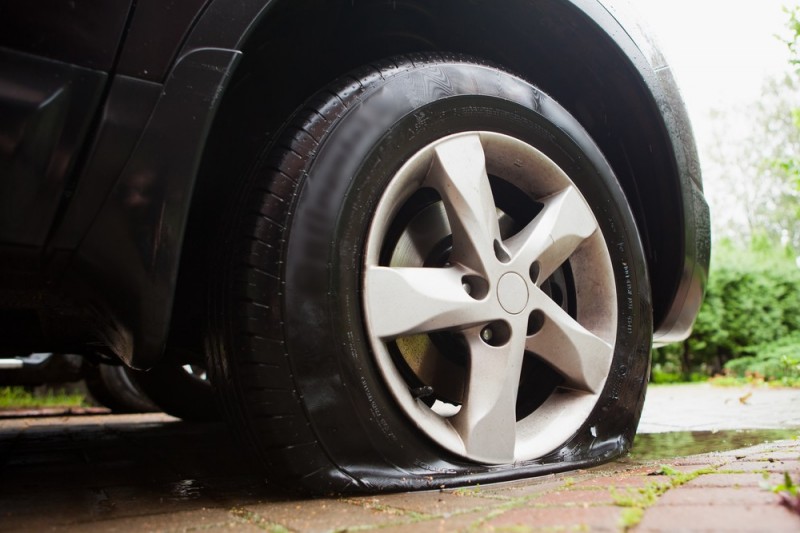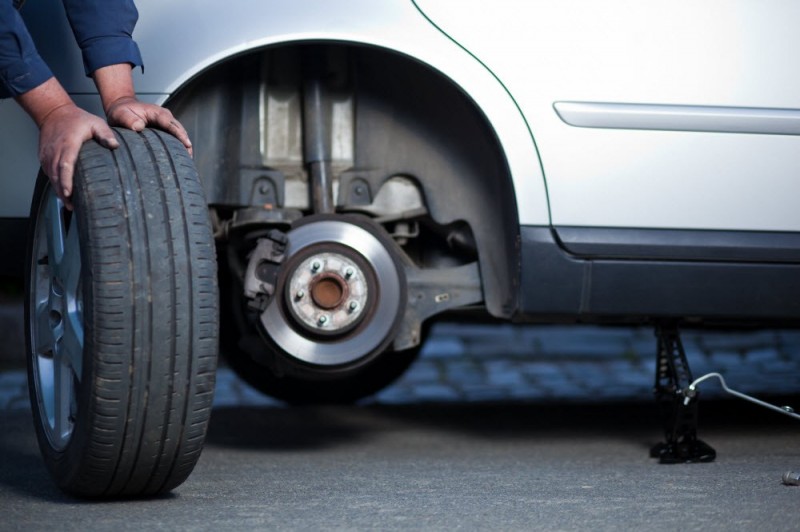Store Hours
| Sun | CLOSED |
| Mon | 8:00 am - 5:00 pm |
| Tue | 8:00 am - 5:00 pm |
| Wed | 8:00 am - 5:00 pm |
| Thu | 8:00 am - 5:00 pm |
| Fri | 8:00 am - 5:00 pm Closed |
| Sat | CLOSED |
About
Family owned and operated since 1997, Elite Collision offers you superior service and auto body repair results. We are committed to delivering consistent repairs and the highest standards of quality and reliability that can be offered. We stand behind our promis... Read More
Articles
- Five Great Road Songs A great road-trip deserve a great soundtrack. Then again, so does a trip to the grocery store. Here at Elite Collision Center, we surveyed our empl...
- Will My Insurance Rates Go Up After An Accident? The most common query that we get asked from our customers after an accident is: “Should I pay my deductible or go straight out of pocket?&rdquo...
- Self-Healing Tires? That's Right! It's a scenario that many drivers have encountered and had nightmares about. You're driving along and all of a sudden a tire goes flat. It'...
- The Lane Motor Museum In Nashville, TN In Nashville, Tennessee, you’ll find micro cars, amphibious and military vehicles, and many other unique automobiles and motorcycles at the Lane...
- Kid Invents Device To Help Prevent Leaving Children In Hot Cars An 11-year-old boy named Bishop Curry says that he is always looking for new ways to make the world better. He is unusually curious about many i...


























 So, to create a rubber that is self-healable, the team at Harvard had to make the bonds connecting the polymers reversible, so that the bonds could break and reform. They developed a molecular rope to tie two types of bonds together-- and that's the genius part of their creation. This rope, called "randomly branched polymers", enables two previously unmixable bonds to be mixed homogeneously on a very small molecular scale. By leveraging this technology, they were able to make a totally transparent, extremely tough and 100% self-healing rubber.
So, to create a rubber that is self-healable, the team at Harvard had to make the bonds connecting the polymers reversible, so that the bonds could break and reform. They developed a molecular rope to tie two types of bonds together-- and that's the genius part of their creation. This rope, called "randomly branched polymers", enables two previously unmixable bonds to be mixed homogeneously on a very small molecular scale. By leveraging this technology, they were able to make a totally transparent, extremely tough and 100% self-healing rubber.
Social